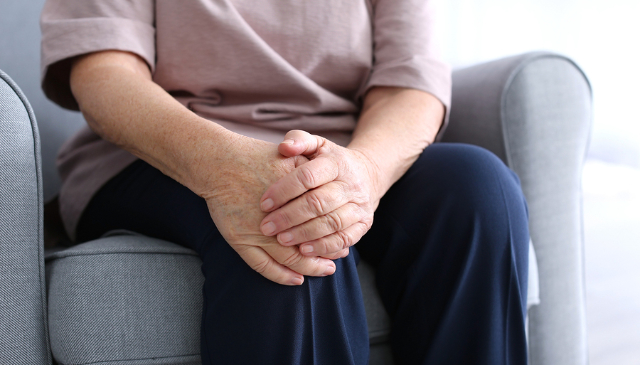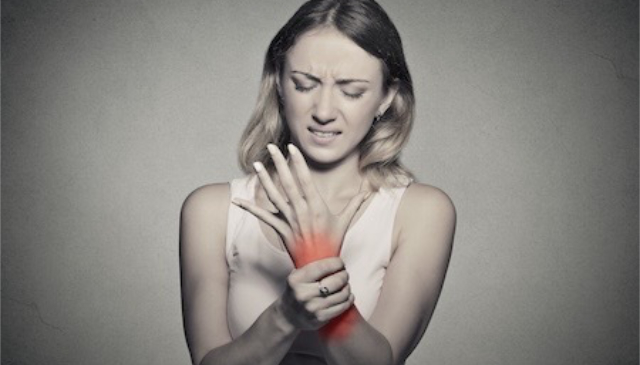
Neck pain is an extremely common issue that affects millions of people throughout the world. It can occur from something as simple as sleeping in the wrong position or keeping bad habits like poor posture over time, and it often leads to long'term discomfort and limitations in movement. While most cases of neck pain will resolve on their own, it can become chronic—meaning it lasts for more than three months—if the risk factors responsible continue without correction.
One innovative treatment gaining recognition for managing chronic neck pain is myofascial release. This hands'on therapy targets the fascia—a connective tissue that surrounds muscles—to alleviate pain and improve mobility. A recent study called a meta'analysis was conducted to investigate the benefits of myofascial release for chronic neck pain by analyzing multiple studies on the topic. Here's what the study found and you should know about this therapeutic approach.
What is Myofascial Release?
Myofascial release is an intervention used by some physical therapists in which they apply gentle and sustained pressure applied to specific areas of the body to stretch and relax the fascia. By releasing tension in the fascia, this technique helps to reduce pain and improve flexibility. Physical therapists typically utilize myofascial release to target areas where the fascia may have tightened due to trauma, inflammation, and/or structural imbalances.
This type of therapy is non'invasive and can serve as an alternative to more intense interventions, like surgery. The goal of myofascial release is to restore movement, alleviate muscle pain, and increase functionality in the affected area.
Key Findings on the Effectiveness of Myofascial Release
The meta'analysis mentioned previously reviewed ten powerful studies called randomized controlled trials, which involved 549 patients with chronic neck pain. The primary outcomes of interest were reduction in pain and improvement in range of motion. Here's what the results showed:
- Pain Reduction: Participants who received myofascial release therapy experienced a significant reduction in pain levels compared to those who received other treatments. This was measured using the Visual Analog Scale, a common tool for assessing pain intensity.
- Range of Motion: Myofascial release also led to improvements in neck movements, especially those involving areas typically affected by neck pain. However, the results for improving overall neck range of motion were less conclusive, indicating the need for further research.
- Pressure'Pain Threshold: Results were mixed for pressure'pain threshold–which measures muscle sensitivity to pressure–with some studies finding mild improvements and others showing no significant changes.
This research suggests that myofascial release can significantly help to alleviate pain and may improve certain movements in the neck. This makes it a valuable component of a comprehensive physical therapy program, especially for patients who would prefer to avoid surgery or pain medications. Additional research should now be conducted to continue investigating the effectiveness of myofascial release and how compares to other established therapies like manual therapy or therapeutic exercises.
Contact Us Today for More Information
If you’re dealing with chronic neck pain that hasn't improved with other treatments, it may be time to see a physical therapist who performs myofascial release. Contact Us Today to get additional details about this effective treatment option or to schedule an appointment with one of our expert physical therapists.
For more information on the meta'analysis, you can access the full study here.









